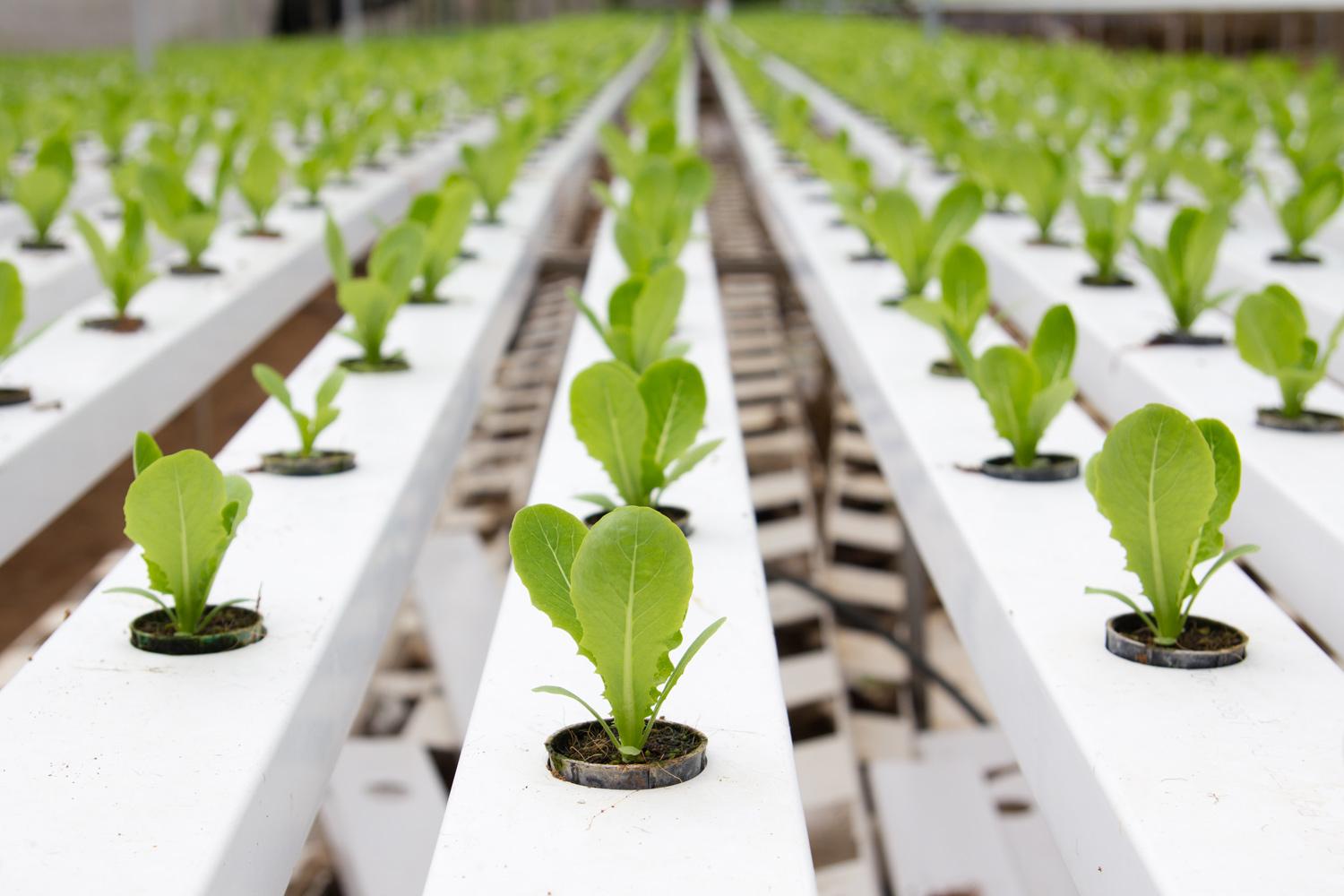
Learning Garden Build Day!
October 26th, 2017
The next phase of Odell Primary's Learning Garden is about to launch!
Learning Garden Build Day
We need parent volunteers to aid teachers and selected students in putting together, carrying, and filling our new flower beds.
What:
A learning garden is a great opportunity to connect students with nature and to incorporate the environment into our curriculum and classrooms. Multiple studies show that children and adults who spend more time in a natural environment are healthier, have less anxiety, fewer behavior issues, and increased academic performance (Bratman, Daily, Levy & Gross, 2015; Fuller, Gaston, Irvine, & Keniger, 2013; and Blair, 2009). The references for these articles are attached for your reference. :)
Why:
As a school, we are very excited for the opportunity to create a garden area for our students to learn in, grow with, and explore. We want to involve the community and families as much as possible, and could definitely use a helping hand in getting our garden ready to grow!
How:
To avoid having too many people in a small space with not enough tasks, we have created a sign-up (see below). Slots are first-come, first-serve. Thank you for understanding!
What Else:
Additionally, we are in need of some large cardboard boxes to use as weed-preventers. Please email emily.herring@cabarrus.k12.nc.us or meghan.thinnes@cabarrus.k12.nc.us if you're able to bring some in, or just drop them off at the office and mention what they are for.
Thanks a million! :)
Thursday, Oct 26, 2017, 08:30 AM
W R Odell Primary School, Concord, NC, United States
References
Blair, D. (2009). The child in the garden: An evaluative review of the benefits of school
gardening. The Journal of Environmental Education, 40(2), 15-28.
Bratman, G., Daily, G., Levy, B., & Gross, J. (2015). The benefits of nature experience: Improved
affect and cognition. Landscape and Urban Planning, 138, 41-50.
Fuller, R., Gaston, K., Irvine, K., & Keniger, L. (2013). What are the benefits of interacting with
nature? International Journal of Environmental Research and Public Health, 10(3), 913-
935. doi:10.3390/ijerph10030913.

